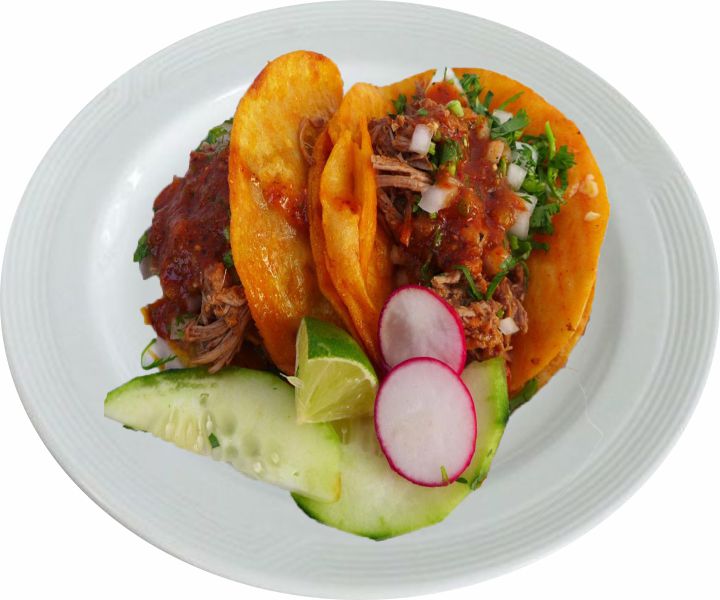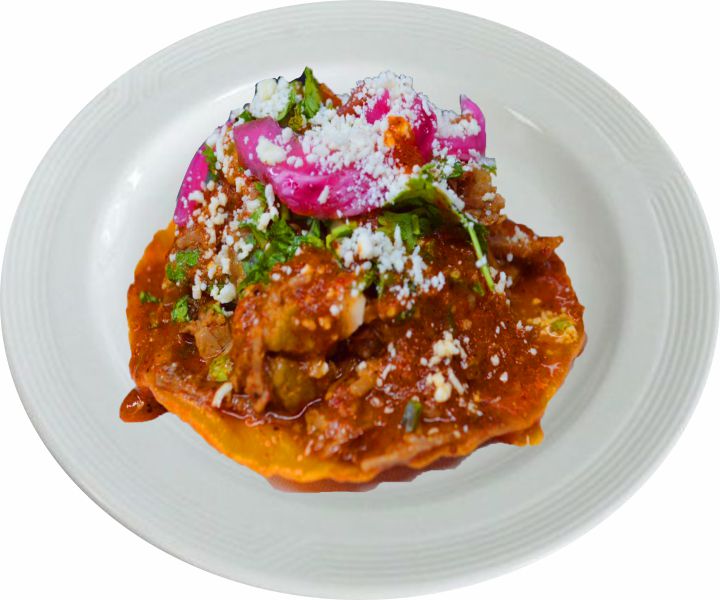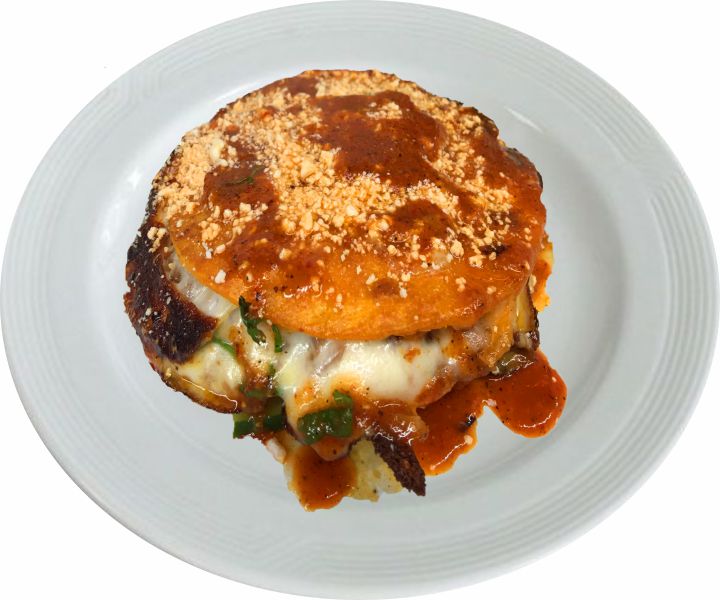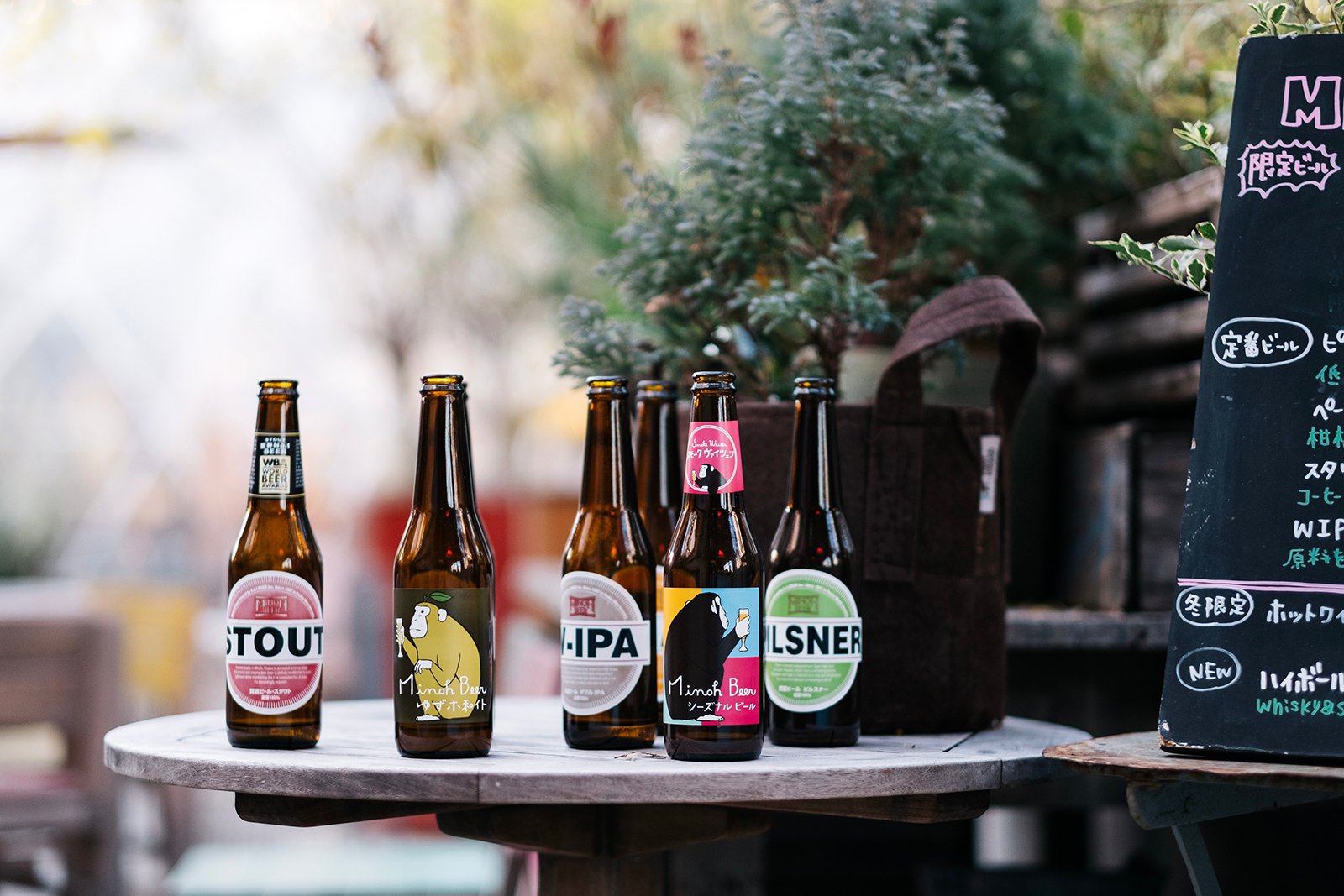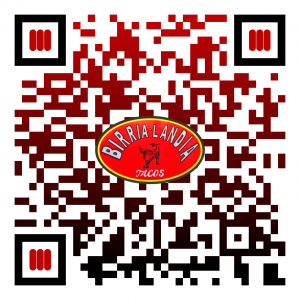Tacos and Mexican Cuisine: An Exploration
Tacos
Tacos are one of the quintessential staples of Mexican cuisine, beloved worldwide for their versatility, flavor, and simplicity. They consist of a tortilla filled with a variety of ingredients, creating a perfect handheld meal.
Casino mostbet bookmaker office is in demand among adherents of gambling recreation. It invites them a large selection of slot machines from popular providers, all kinds of prizes, promotions, tournaments, all kinds of methods of deposit and withdrawal.
Components of a Taco:
- Tortilla: The base of the taco, which can be made of corn or flour. Corn tortillas are traditional and boast a unique, earthy flavor, whereas flour tortillas are softer and more pliable.
- Filling: This can include a wide range of ingredients such as:
- Proteins: Beef, pork, chicken, seafood, and plant-based options like beans or tofu.
- Vegetables: Lettuce, tomatoes, onions, and peppers.
- Cheese: Often a sprinkle of queso fresco or cotija.
- Salsas: Various levels of spice and flavor from fresh salsas, pico de gallo, tomatillo salsa, or red chili salsa.
- Garnishes: These add the final touch of flavor and can include cilantro, lime juice, radishes, and avocado.
Popular Types of Tacos:
- Taco al Pastor: Marinated pork garnished with pineapple, reminiscent of shawarma with its vertical spit-roasting technique.
- Taco de Carnitas: Braised or roasted pork, usually cooked until tender and crispy.
- Taco de Asada: Grilled beef, typically marinated and seasoned.
- Taco de Pescado: Fish tacos, often battered and fried, served with a tangy slaw or fresh cabbage.
Mexican Cuisine
Mexican cuisine is a vibrant and diverse culinary heritage that combines indigenous Mesoamerican cooking with European, particularly Spanish influences. Here's a deeper dive into what makes Mexican cuisine so unique and cherished.
Staple Ingredients:
- Corn: The cornerstone of many dishes, used in tortillas, tamales, and atole.
- Beans: Often served whole or as refried beans, providing a crucial source of protein and fiber.
- Chilies: Used both fresh and dried, they add heat and flavor to countless dishes.
- Tomatoes and Tomatillos: Bases for many salsas and sauces.
- Avocados: Essential for making guacamole and other dishes.
- Chocolate: Originating from Mexico, used in both sweet and savory dishes like mole.
Notable Dishes Beyond Tacos:
- Enchiladas: Tortillas rolled around a filling and covered in chili pepper sauce.
- Chiles Rellenos: Stuffed chili peppers, usually filled with cheese or meat, battered and fried.
- Mole: A complex sauce made with a variety of ingredients including chilies, chocolate, nuts, and spices, often served over meat.
- Tamales: Dough made from masa filled with meats, cheeses, or other ingredients, wrapped in corn husks, and steamed.
Cooking Techniques:
- Grilling (Asado): Common for cooking meats, imparting a robust flavor.
- Stewing (Guisado): Used for dishes like pozole and birria, slow-cooked to develop depth of flavor.
- Stuffing (Relleno): Typical in dishes like chiles rellenos and tamales.
Regional Variations:
- Northern Mexico: Known for its beef dishes and flour tortillas.
- Oaxaca: Famous for its seven moles and tlayudas (large, crunchy tortillas).
- Yucatán: Renowned for cochinita pibil (pork marinated in citrus and achiote, then slow-cooked).
Influence and Adaptation: Mexican cuisine has been adapted and integrated into many other cultures, notably in the United States where "Tex-Mex" cuisine emerged, blending Texan and Mexican culinary traditions.
Conclusion
The richness of tacos and Mexican cuisine lies in their deep-rooted traditions, regional diversity, and the vibrant fusion of flavors. From the simplicity of a street taco to the complexity of a mole, Mexican culinary practices celebrate ingredients and techniques that have stood the test of time, continuing to captivate taste buds around the world.


